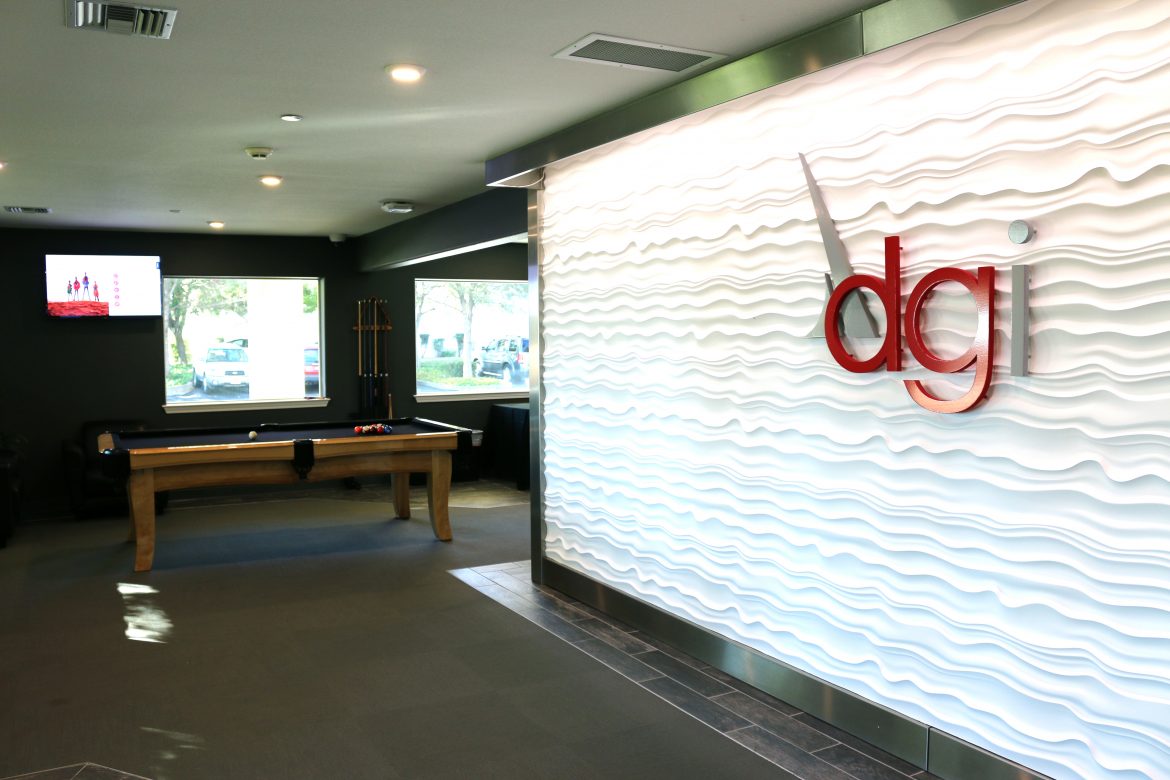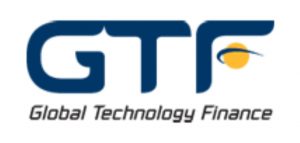Development Group, Inc. (DGI)
Approaching IT differently
Business View Magazine interviews Dan Lockwood, founder of the Development Group, Inc. (DGI), as part of our series on best practices in American business.
Development Group, Inc. (DGI), based in Redding, California, is a network solutions provider and integrator with core expertise in communication technology, and cloud and managed services. The company was founded by Dan Lockwood and Jason Eatmon in 2009. “In retrospect, probably about the worst time in recent history that you could decide to start a business,” Lockwood quips, referring to the prevailing business climate in the depths of the recent Great Recession.
Nonetheless, with a solid grounding in computer technology (Lockwood wrote his first computer program when he was eight years old on an Apple IIGS) as well as the partners’ backgrounds in the public sector, particularly in K-12 education, DGI set out to service an underserved sector of the marketplace. “It’s been my observation, over the years, that the public sector, and particularly the K-12 part of the market, doesn’t get a lot of attention from partners,” Lockwood explains. “So, we carved ourselves out a little niche in dealing with those mid-market education customers in the area. We had contacts and knew the procurement cycles, knew the players, knew how that business got done.”
Starting out in the northern part of California, over the last several years, the company has grown to 70 employees, and has expanded its footprint to include the entire state. Its target markets are schools, school districts, community colleges, and other public sector institutions. Its forté is large scale technology platform refreshes: “Entire school districts at a time – 30 sites, 50 sites – those types of large scale projects,” says Lockwood. In addition to procuring and implementing all of the newest OEM hardware, predominantly from Cisco Systems, DGI also provides a lifecycle management process for its customers.
“One of our fundamental tenets is we’re interested in having a long-term, durable relationship with a customer, which is based on our ability to create business value for them outside of a single procurement or a single transaction,” Lockwood states. “Customers, in my experience, tend to have ‘bad behavior’ around procurement, meaning they define the success of their IT procurement based on a shopping list of parts, and their sole selection criterion is price. The thing which we’ve come to realize over the years is that that scale of procurement and that scale of implementation is not a technology conversation.”
“We want to create business value beyond just selling them technology,” Lockwood continues. “The reason that they’re going out to buy ‘stuff’ is because they have a business problem, so the conversation that I want to offer the customer is, ‘How can we help you to position your IT operation as a contributor to business outcomes and the strategic initiatives and concerns of your organization (which, in the case of education are things like test scores, average daily attendance, increasing enrollment, student success, campus safety, parent engagement, special education, facilities); how can we change the positioning of this function to be more in alignment in support of those things that matter?’
“And I suggest to the customers that it’s in their interest to go to market for the purpose of producing outcomes and solving those problems. And to the degree that we can educate and influence the customers to take a different approach with their procurement, and they’re interested in benefitting from our industry expertise and the additional, non-technical resources that we have on staff, like our business advisors, that’s where we’ve seen the biggest successes for our customers and we’ve enjoyed success as a partner in those projects.
“So, the conversation might not result in a meaningful financial transaction for months or years, but that’s okay. If the customer is a good customer for us, we’ll reap the rewards when the timing is right. We’re there before the sale and long after we’ve shown up and made all the blinking lights work. That general business approach is very different from people who are trying to sell an OEM box, and the extent of their interest, generally, in the relationship is, ‘What am I going to sell this for?’”
In fact, Lockwood believes that, going forward, managed services will ultimately be more important to customers than the actual hardware. “We need to look at different ways to solve problems,” he proffers, “which probably doesn’t mean buying more ‘iron’ and putting it in a closet, somewhere. There’s this macro-economic shift in the industry, which many people describe as the cloud. I would describe it as more of an economic than technical shift; yes, there’s new widgets and technologies involved in it, but really, what we’re discussing is the interest for customers to do two things: to change the economic consumption model of their IT procurement from a capital expense to an operating expense; and to consume the services that they need at the scale that they need them, when they need them – meaning to be able to have this elastic service capability to increase the scale as appropriate to service their demands, and to reduce it as appropriate when demands are lessened.”
Lockwood also believes that in order to produce the business outcomes that are most important to its customers, DGI will have to continue nudging them into the future. “Many of my customers are large, complicated organizations, but there’s a culture and a history of how they’ve done stuff and they have to undergo a business transformation, a cultural shift. But, they are going to have to undertake delivery services and the business of educating students, differently,” he declares. “It’s not just about XYZ versus ABC technology. They’re interested, in many cases, in making those shifts, but it’s a process and it doesn’t happen overnight. To the degree that we can help them to achieve a more strategic impact and alignment within their organization – that’s what my company is all about.”
Check out this handpicked feature on McKim & Creed – Investing in technology, people, communities, and the future.
AT A GLANCE
WHO: Development Group, Inc.
WHAT: A network solutions provider
WHERE: Redding, California
WEBSITE: www.dgi.rocks



